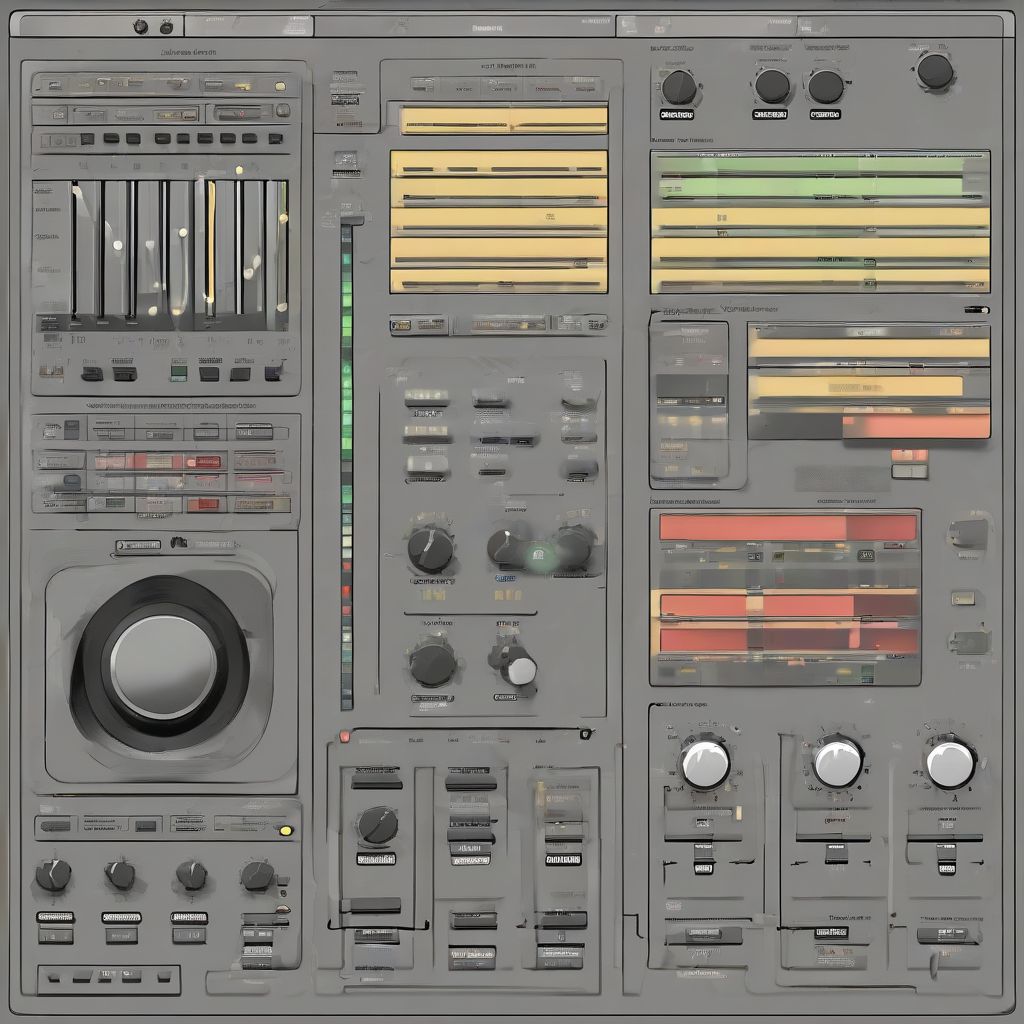Have you ever listened to a professional track and wondered how they got everything sounding so clean, powerful, and punchy? While many factors contribute to a professional-sounding mix, two of the most important tools in your arsenal are EQ and compression. These tools can feel like magic, capable of transforming a dull and lifeless track into a vibrant and impactful masterpiece. But like any good magic trick, understanding the secrets behind EQ and compression is key to unlocking their full potential.
In this article, we’ll demystify these essential mixing tools. Whether you’re a complete beginner or have some experience under your belt, this guide will equip you with the knowledge to use EQ and compression effectively and enhance your tracks like never before.
Understanding the Power of EQ
EQ, or equalization, is like a sculptor’s chisel for your audio. It allows you to shape the tonal balance of your tracks by boosting or cutting specific frequencies. Think of it like this: every sound you hear is made up of a combination of different frequencies. Some frequencies are low, like the rumble of a bass guitar, while others are high, like the shimmer of cymbals.
By using an EQ, you can control the volume of these individual frequencies to:
- Clean up your mix: Remove unwanted muddiness in the low-end or harshness in the high-end.
- Create space for instruments: Prevent instruments from clashing by carving out specific frequency ranges for each element.
- Enhance clarity and definition: Boost frequencies that bring out the important characteristics of an instrument or vocal.
- Add warmth or brightness: Shape the overall tone of your track to create the desired emotional impact.
Mastering the Art of Compression
Imagine you’re listening to a singer, and they go from a whisper-quiet verse to a powerful, belting chorus. Without compression, you’d likely need to constantly adjust your volume to hear everything clearly. That’s where compression comes in –– it acts like an automatic volume control, evening out the dynamic range of your audio signal.
But compression does more than just control volume. When used creatively, it can:
- Add punch and presence: Make your drums hit harder, your bass lines feel fuller, and your vocals cut through the mix.
- Create a sense of energy and excitement: By controlling the dynamic range, you can make your tracks sound more powerful and engaging.
- Glue your mix together: Subtle compression on your master bus can help create a sense of cohesion and unity in your mix.
EQ and Compression: A Powerful Duo
While EQ and compression are potent tools on their own, using them together unlocks a whole new level of sonic control. Think of it as a one-two punch for your mix:
- EQ for Shaping: First, use EQ to sculpt the tone of your individual tracks and create separation between instruments.
- Compression for Dynamics and Glue: Next, apply compression to even out the dynamics, add punch, and glue everything together.
 EQ and Compression
EQ and Compression
Essential Tips for Using EQ and Compression Effectively
- Start with small adjustments: Both EQ and compression are best used subtly. Start with small boosts or cuts and gradually increase until you achieve the desired effect.
- Use your ears, not your eyes: While it’s helpful to see what’s happening visually, always trust your ears above all else. What looks good on screen might not sound good to your ears.
- Reference your mix: Regularly compare your mix to professionally produced tracks in a similar genre. This will help you develop your ear and identify areas where your mix might be lacking.
- Experiment and have fun! Don’t be afraid to experiment with different EQ and compression techniques. There’s no right or wrong way to use these tools, so have fun and see what sounds best to you.
Taking Your Mix to the Next Level
EQ and compression are essential tools for any music producer or mixer. By understanding how to use them effectively, you can transform your tracks from good to great. Remember, it’s all about finding the right balance of frequency shaping, dynamic control, and creative experimentation.
Want to learn more about preparing your mixes for mastering? Check out our in-depth guide on How to Prepare Your Mix for the Mastering Process.
And for tips on creating a wider and more immersive mix, don’t miss our article on The Role of Stereo Imaging in Creating a Wide and Immersive Mix.
What are your go-to EQ and compression techniques? Share your tips and tricks in the comments below!
[amazon bestseller=”mixing and mastering”]
